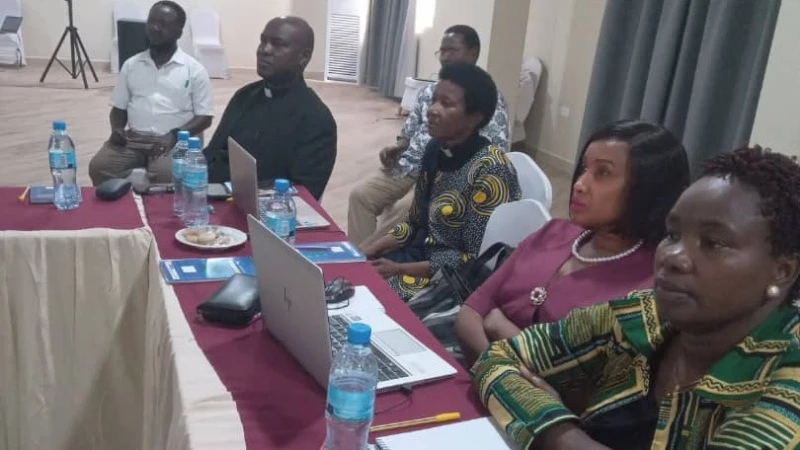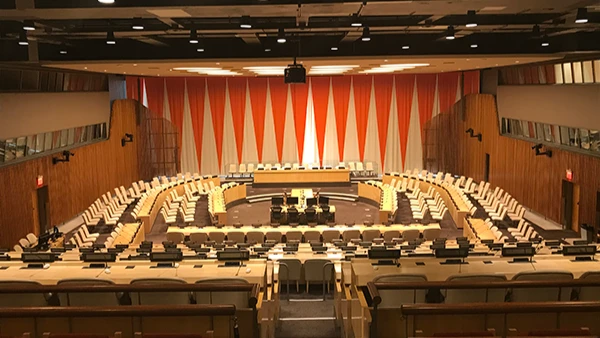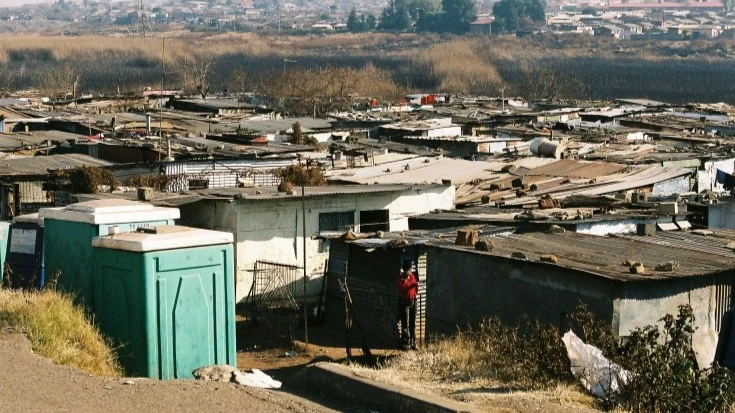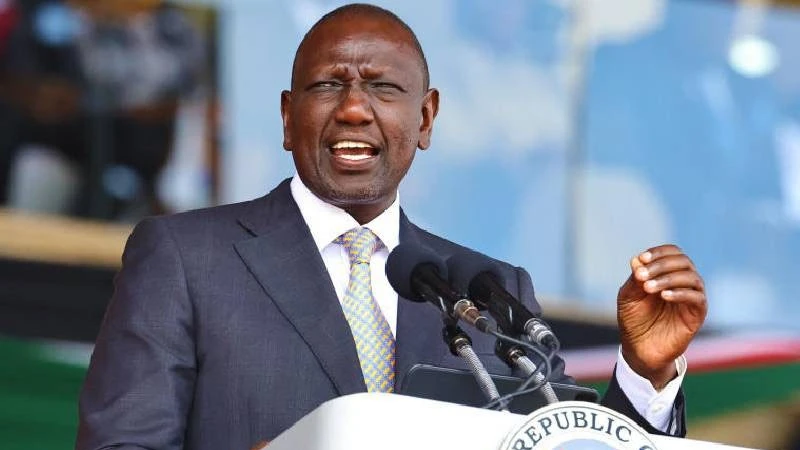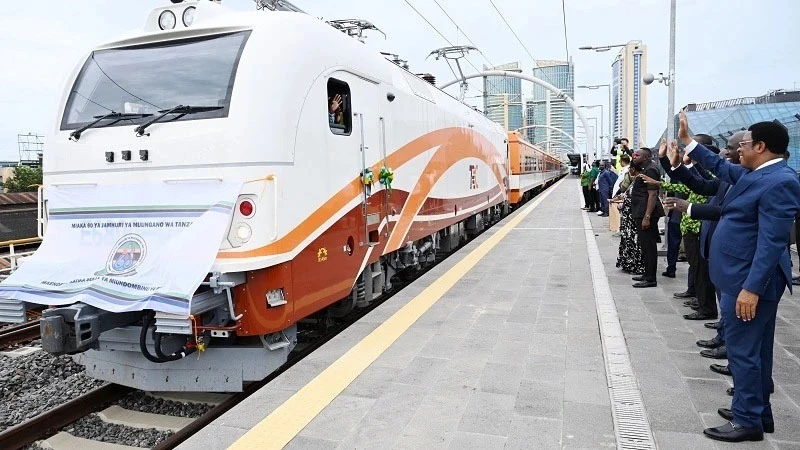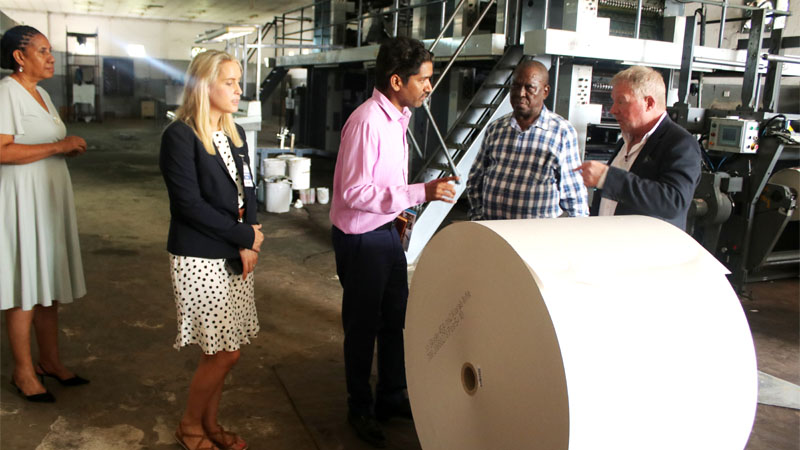Lack of emergency plan in districts weakens response
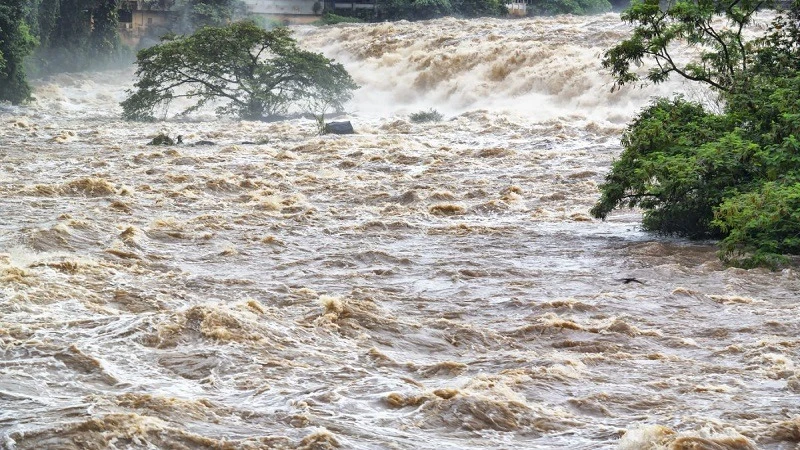
MANY district councils in the country do not have disaster response strategies and thus fail to respond effectively when disasters strike, let alone prepare for imminent disasters and undertake post-disaster management.
This was revealed at the launch of Disaster Preparedness and Management Strategy for Morogoro Municipal Council which took place in Morogoro Municipal recently. The strategy was prepared by Climate Action Network Tanzania (CAN Tanzania) with guidance from the Prime Minister’s Office.
Experts from Morogoro Regional Office, Morogoro Municipal and other stakeholders were involved in drafting the strategy. A similar document was also prepared for and recently launched in Ifakara Town Council in Morogoro Region.
“Out of 185 urban and district councils in Tanzania, only 30 have disaster preparedness and management strategies. This has often led to inadequate preparations to deal with disasters when they strike. There has also been ineffective response to disasters and weak post-disaster management,” said Bonaventure Mchomvu, CAN Tanzania Operations Manager. He was briefing participants before the official launch of the document.
He explained that disasters that are partly due to climate change have hit major sources of livelihoods including farming, fishing and pastoralism; and generally Tanzanians have become more vulnerable due to lack of knowledge and awareness, lack of resources and lack of requisite technology.
“The document we are launching today provides guidance to and identifies responsibilities to all stakeholders at the district, ward and village levels in relation to measures to be taken before disasters strike, what should be done during disasters and what actions should be taken in the aftermath of disasters,” he explained, adding that the ultimate aim is to provide timely, adequate and effective response to disasters in order to save lives, property and the environment.
However he warned that in order for the document to become handy it must be updated so as to respond to changing conditions. “Climate change impacts have become more frequent and more severe and so have disasters.
This calls for us to look miles beyond normal and usual conditions and review the strategy from time to time, short of which the document will not serve its purpose and our response to strategies will be ineffective,” he noted. Hi cited the example of Ifakara Town which usually gets 1,200 mm of rainfall annually but this year it recorded 2,500 mm of rainfall, which is way above normal.
Speaking at the launching ceremony Morogoro DC who was represented by Deputy District Administrative Secretary Hilary Sagala explained that the document will provide guidance on preparations that the district will have to make.
“There are short-term preparations and long-term preparations that we have to make. Both of them should enable us to respond effectively to disasters and restore normalcy to communities,” he said. “We did not have such a document to guide us in the management of disasters; now we know what action to take, how to do and when to act. Our efforts should be more fruitful now than previously when we acted based on experience and individual cases,” he added.
However, the DC was quick to point out that obstacles still remain in providing effective response to disasters despite the guidance. “Implementation of this guidance requires substantial resources even at the preparation stage. They include manpower, finance, equipment and technology. Some areas that are likely to be hit by disasters are inaccessible and this may hamper distribution of relief aid. So while we are thinking of translating this document into action we must think of how to deal with these obstacles,” he noted.
Acting Morogoro Municipal Council Director Jofrey Kamwava said the fact that less than half of all urban and district councils in the country don’t have disaster preparedness and management strategies casts a long shadow on our ability to prepare for disasters, to handle them and manage post-disaster situations.
“We are lucky that today we have launched this guiding document. It is upon us now to direct our efforts on the preparation part and determine what resources we have, what we don’t and how we can bridge the gap between what we have and what support we need from others. We must begin right away because disasters have no timetable. They often strike unannounced,” he explained.
The disaster preparedness and management strategy also provides a plan of action for all the three stages; preparation management and post-disaster action.
“Now that we have a plan it is our duty to educate both rural and urban communities on what they are required to do particularly when there are no disasters. They must be aware that disasters come and go but leave behind substantial loss of lives and property and livelihoods so they must be ready for any eventuality,” explained Elizabeth Badi, Morogoro Municipal Disaster Management Coordinator. She said that the strategy provides an opportunity for the Council to determine its strength and weakness in disaster management and preparedness and thus take appropriate measures. “We must know what support we need and where to get it,” she said.
Morogoro Municipality has 19 wards and 275 sub-wards all of which are covered by the Morogoro Municipal Disaster Preparedness and Management Strategy that has been launched.
Top Headlines
© 2024 IPPMEDIA.COM. ALL RIGHTS RESERVED



